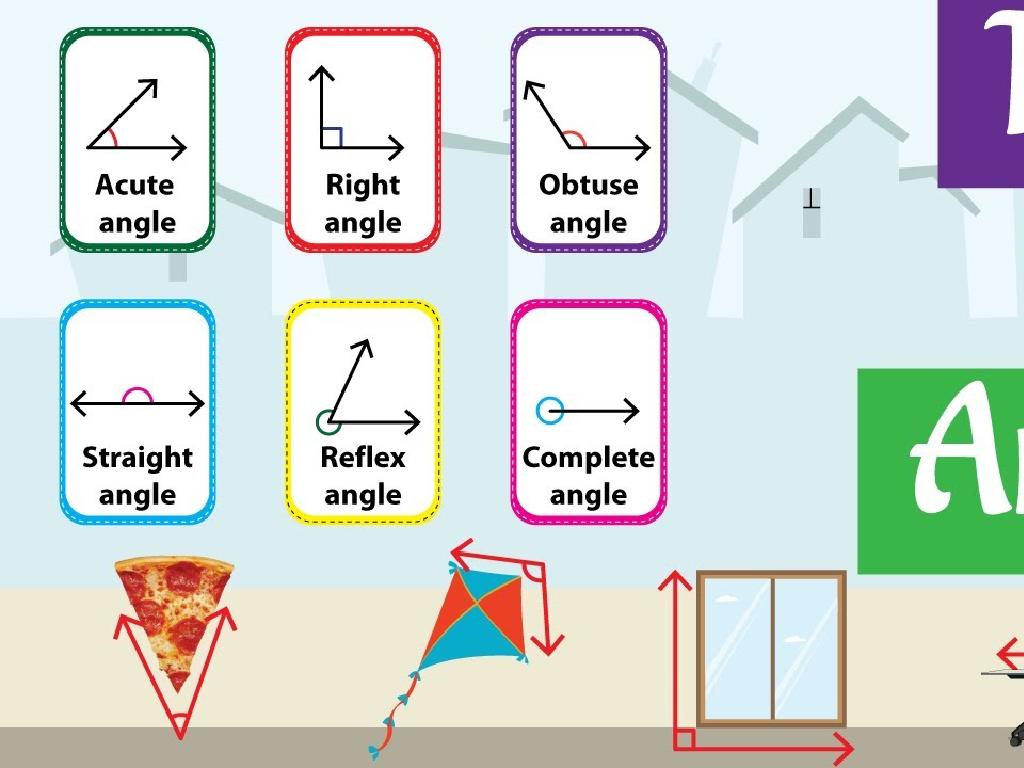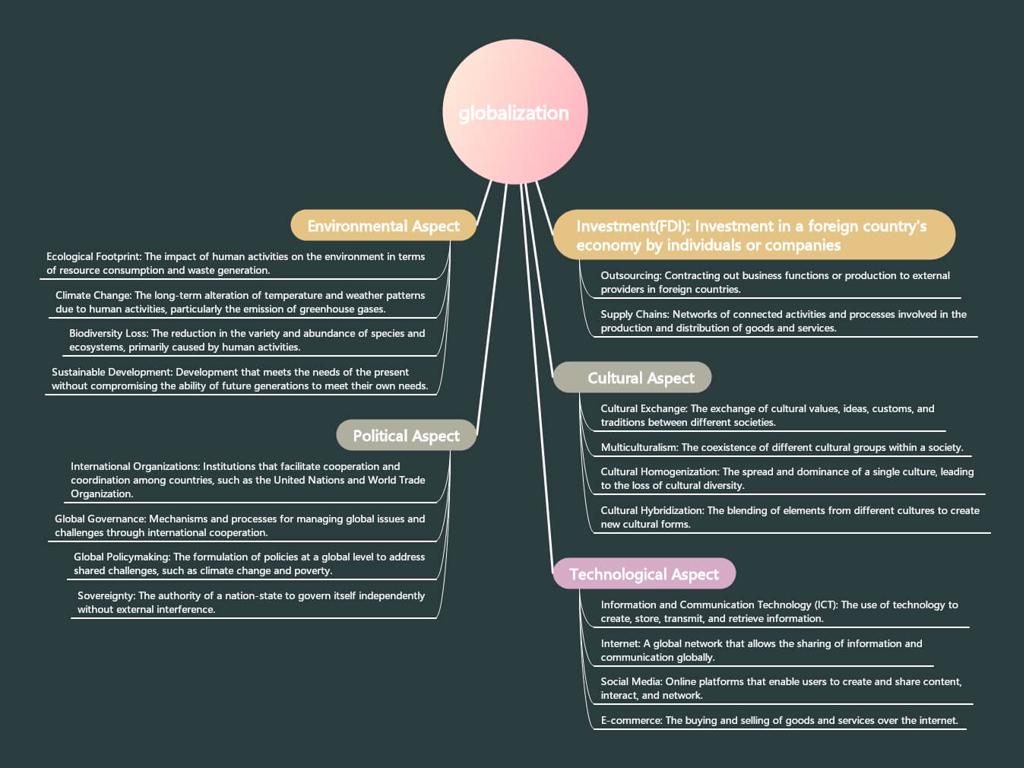Ancient Mediterranean + Europe
Subject: Arts and humanities
Grade: High school
Topic: Art History
Please LOG IN to download the presentation. Access is available to registered users only.
View More Content
Exploring Ancient Mediterranean & European Art
– Cradle of Western Art
– Birthplace of Western artistic heritage, including Greek and Roman art.
– Influence of ancient civilizations
– Ancient societies shaped art concepts like realism, perspective, and narratives.
– Time period overview
– Spanning from prehistoric art to the fall of the Roman Empire.
– Key cultures in art history
– Focus on Greeks, Romans, Etruscans, and other influential groups.
|
This slide introduces students to the rich tapestry of Ancient Mediterranean and European art, which is often considered the foundation of Western art history. It’s important to highlight the significant contributions of Greek and Roman art to the development of artistic techniques and themes. Students should understand how these ancient civilizations’ innovations in art have influenced subsequent generations and continue to shape our understanding of beauty and expression. The time period covered is vast, beginning with prehistoric art and extending through classical antiquity to the end of the Roman Empire. Key cultures to be discussed include not only the Greeks and Romans but also the Etruscans and other groups that played a role in the development of art during this era. Encourage students to think about how the art from this period reflects the societies’ values, beliefs, and daily life.
The Art of Ancient Greece: Foundations of Western Art
– Greece: Cradle of Western Art
– Ancient Greece established many art principles still admired in the West.
– Traits of Greek Sculpture
– Greek sculptures are known for idealized beauty and anatomical perfection.
– Greek Architectural Styles
– Doric, Ionic, and Corinthian orders are Greek architecture’s lasting legacy.
– Mythology’s Impact on Art
– Gods, heroes, and myths often feature prominently in Greek artistic expression.
|
This slide introduces students to the profound impact of Ancient Greek art on Western civilization. Begin by discussing how Greece is considered the birthplace of many artistic principles that have shaped Western art. Highlight the characteristics of Greek sculpture, such as the emphasis on idealized form and anatomical precision. Explain the different styles of Greek architecture, focusing on the three orders: Doric, Ionic, and Corinthian, and their distinguishing features. Lastly, delve into how Greek mythology has influenced art, providing a rich source of narrative and symbolism that artists have drawn upon throughout history. Encourage students to explore these themes by examining famous Greek artworks and considering their lasting influence on subsequent generations of artists.
Roman Contributions to Art
– Roman innovations in art
– Introduced realism and advanced engineering in sculptures and architecture.
– Greek vs Roman art styles
– Romans favored realism, while Greeks idealized forms; Romans used art for propaganda.
– Roman art’s European influence
– Roman art spread as the Empire expanded, influencing local cultures.
– Legacy of Roman artistic engineering
– Roman techniques like the arch and dome shaped future architectural designs.
|
This slide aims to highlight the significant contributions of Roman art to the world, particularly focusing on their innovations in realism and engineering. It’s crucial to discuss how Roman art differed from Greek art, with Romans placing a higher emphasis on lifelike representations and using art as a means of political propaganda. The spread of Roman art across Europe as the empire grew, brought about a fusion of styles and influenced the development of art in various regions. The engineering techniques developed by the Romans, such as the use of the arch and the dome, have left a lasting legacy on architectural design. Encourage students to explore examples of Roman art and architecture that still stand today, such as the Colosseum and Pantheon, to understand the enduring impact of Roman artistic innovation.
Early Christian and Byzantine Art
– Art in religious expression
– Used to convey spiritual beliefs and biblical stories.
– Features of Byzantine Art
– Noted for mosaics, domes, and gold backgrounds.
– Understanding Iconoclasm
– A dispute over the use of religious images.
– Impact of the controversy
– Led to division and change in art practices.
|
This slide delves into the role of art in the Early Christian and Byzantine periods as a medium for religious expression. Students should understand how art was used to communicate spiritual ideas and narratives, especially in a time when literacy was not widespread. Byzantine art is characterized by its unique aesthetic, including the extensive use of mosaics, the prominence of domes in architecture, and the lavish use of gold. The Iconoclasm Controversy, a significant historical debate on the appropriateness of religious images, had a profound impact on the art of the period, leading to a split between iconoclasts and iconodules. This controversy also precipitated changes in the way art was produced and perceived in the Byzantine Empire. Encourage students to explore how these historical events influenced the development of art and how they reflect the cultural and religious tensions of the time.
The Art of the Islamic World
– Islamic artistic traditions
– Encompasses visual arts produced from the 7th century onwards by culturally Islamic populations.
– Significance of calligraphy
– Calligraphy is revered as a visual expression of the divine in Islamic culture.
– Geometric patterns in art
– Geometric patterns symbolize the infinite, highlighting the unity of creation.
– Islamic art’s Mediterranean influence
– Islamic art significantly impacted European art, architecture, and culture during the Middle Ages.
|
This slide aims to introduce students to the rich and diverse world of Islamic art, which is characterized by its aniconic approach, meaning the avoidance of depicting sentient beings. Instead, Islamic art is known for its emphasis on intricate geometric patterns, calligraphy, and arabesque designs. Calligraphy is particularly important as it’s considered the highest form of art in the Islamic world, used to transcribe the Quran and other significant texts. Geometric patterns are not only aesthetically pleasing but also carry deep philosophical and religious significance. The influence of Islamic art on the Mediterranean region is evident in various forms, including the introduction of new artistic techniques and motifs to Europe, which were especially prominent during the period of the Moorish rule in Spain and the Crusades. Encourage students to explore examples of Islamic art in local museums or online galleries and to consider the cultural exchange between the Islamic world and Europe.
The Medieval Period in Europe: Artistic Evolution
– Shift from Romanesque to Gothic
– Romanesque had thick walls, small windows; Gothic featured pointed arches, large stained glass windows.
– Traits of Medieval European Art
– Symbolism was prevalent, with gold backgrounds and halos indicating divinity.
– Art’s function in Medieval Society
– Art served religious purposes, educating the illiterate about biblical stories.
– Gothic architecture’s significance
– Gothic cathedrals symbolized faith, with their height reaching towards the heavens.
|
This slide aims to provide an overview of the Medieval Period in Europe, focusing on the transition in art styles from Romanesque to Gothic. It’s important to highlight the characteristics of each style, noting how Romanesque art was characterized by its solidity and massiveness, while Gothic art introduced a sense of verticality and light. Medieval art was deeply intertwined with religion, often serving as a visual bible for the illiterate masses. Gothic architecture, in particular, was a marvel of the era, with its innovative structural techniques and symbolic elements designed to inspire awe and devotion. Encourage students to consider how the changes in art reflect broader societal shifts during this period.
Renaissance: Rebirth of Classical Ideals
– The Renaissance in Italy & Northern Europe
– A cultural movement that revived Greco-Roman art and philosophy, starting in Italy and spreading to Europe
– Key Renaissance artists & innovations
– Innovators like da Vinci and Michelangelo introduced techniques like perspective; Gutenberg’s printing press revolutionized access to art and ideas
– Humanism’s role in art
– Emphasis on human potential and experience shaped art, focusing on realism and individual expression
– Antiquity’s influence on Renaissance
– Artists drew inspiration from ancient Greek and Roman culture, infusing their works with classical themes and styles
|
This slide introduces the Renaissance as a pivotal period in art history, marking a ‘rebirth’ of classical ideas and aesthetics. It began in Italy due to its proximity to Roman heritage and then spread throughout Northern Europe. Highlight key figures such as Leonardo da Vinci, Michelangelo, and Raphael, who brought innovations like linear perspective, chiaroscuro, and anatomical accuracy to painting and sculpture. Discuss how the invention of the printing press by Johannes Gutenberg allowed for the widespread dissemination of artwork and ideas. Explain humanism as a Renaissance cultural movement that placed a high value on human interests, abilities, and dignity, greatly influencing the subject matter and approach of artists. Lastly, delve into how the revival of antiquity during the Renaissance led to the incorporation of classical themes, such as mythology and heroic nudity, into contemporary art, signaling a departure from the strictly religious themes of the Middle Ages.
Class Activity: Analyzing Artistic Styles
– Group analysis of artworks
– Determine time period & origin
– Identify markers like style, materials used, and historical context to place the artwork in a time period and culture.
– Discuss techniques & symbolism
– Look at brushwork, color use, perspective, and recurring themes to understand the techniques and symbolism.
– Reflect on cultural significance
|
This class activity is designed to engage students in group discussions to analyze various artworks. Each group will select different pieces of art to examine. The goal is to identify the time period and cultural origin of each artwork, which will involve looking for stylistic markers, materials used, and historical context clues. Students should also discuss the artistic techniques employed by the artists and any symbolism present in the work. This activity will help students understand how art reflects the culture and values of its time. Teachers should prepare a diverse selection of artworks from the Ancient Mediterranean and European regions and provide a worksheet to guide the analysis. Possible activities include comparing and contrasting two artworks, presenting findings to the class, or creating a visual presentation of their analysis.
Reflecting on Ancient Art’s Legacy
– Recap of ancient artistic evolution
– Impact of ancient art today
– Ancient art influences modern design, architecture, and culture.
– Museums: See the history in person
– Visiting museums can provide a tangible connection to history and art.
– Encourage personal exploration
|
This slide aims to summarize the key artistic developments from the Ancient Mediterranean and Europe, highlighting how these art forms have shaped modern aesthetics and cultural practices. Encourage students to reflect on the lasting influence of ancient art in today’s world, from public spaces to contemporary art. Stress the importance of experiencing art firsthand by visiting museums, which can deepen their appreciation and understanding of historical contexts. Finally, inspire students to continue exploring art history on their own, fostering a lifelong appreciation for the arts.






